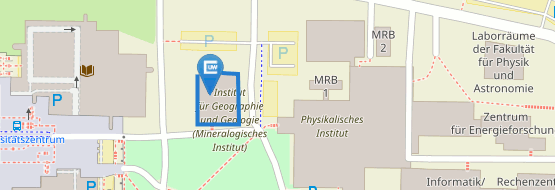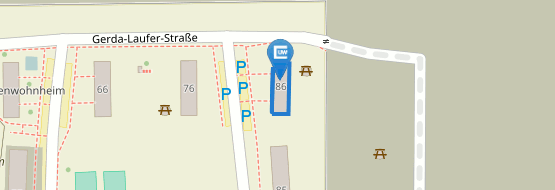PhenoS - Phenological structure of high temporal resolution Sentinel-2 data sets

- Subject: Landwirtschaft Phänologie
- Study site: Süddeutschland
- Financing: Bundesministeriums für Wirtschaft und Energe
- Contact: Thorsten Dahms


The aim of the PhenoS project is the development of algorithms and models for operational detection of phenological optimum time window for cost and computational efficientcy, improved land use classifications (crops, grassland, fallow land). Previously existing operational satellite data met the practical requirements often not sufficient , since one of the resolution parameters of the sensors is always limiting. Therefore, the upcoming Sentinel-2 time series data with high resolution will be used for the project. In order to use the data optimally for routine tasks like, standardized evaluations to process chains, efficient and scientifically based data selection and proof of the robustness of the methodology for designated target classes including standardized quality assessment and control are essential.
The Project is funded by the DLR Space Administration from April 2014 till Septmber 2016. The Martin-Luther-University Halle Wittenberg, the Helmholtz Centre for environmental research (UFZ), and the Department of remote sensing of the Julius Maximilians University of Würzburg are involved in the project. Based on comprehensive work on approaches and methods of classification of agricultural land and phenological analyses on cropland and grassland the subproject of the University of Würzburg focuses on improving the classification by using phenological characteristics. The University pursues the following scientific and technological objectives:
- Develment of a programming environment for multi-temporal classification of optical data (Scale: RapidEye, Sentinel-2)
- Systematic analyses of the input data and its effect on the classification accuracy
- Determination of statistically relevant time steps for the classification of agricultural crops and charecteristics that can be obtained from combinations of different time sections or phenology
- Statistical research of the effects of biophysical environment on the classification accuracy and spatial distribution of classification decisions
The first results of the subproject is a R-based classification environment to the systematic analysis of the classification accuracy and spatial uncertainty of classification decisions by combining different input data and thematic detail sharpness (class depth) in the classification can be expected. The derivation of statistically relevant time steps for the optimal classifications of agricultural land and grassland from existing multi-temporal datasets in the different study areas as well as regionally determined influencing factors to the uncertainty in classification of arableland and grassland classes are other expected results of the subproject.
For further information click here.
This project is funded by the Space Administration of the German Aerospace Center, with means provided by the German Federal Ministry of Economics and Technology, under project reference number 50EE1263.



